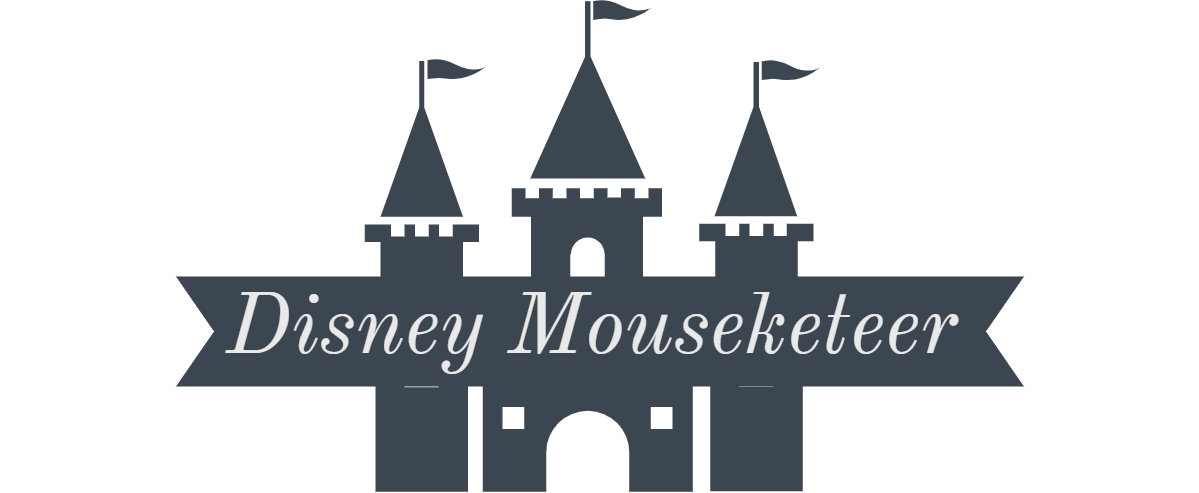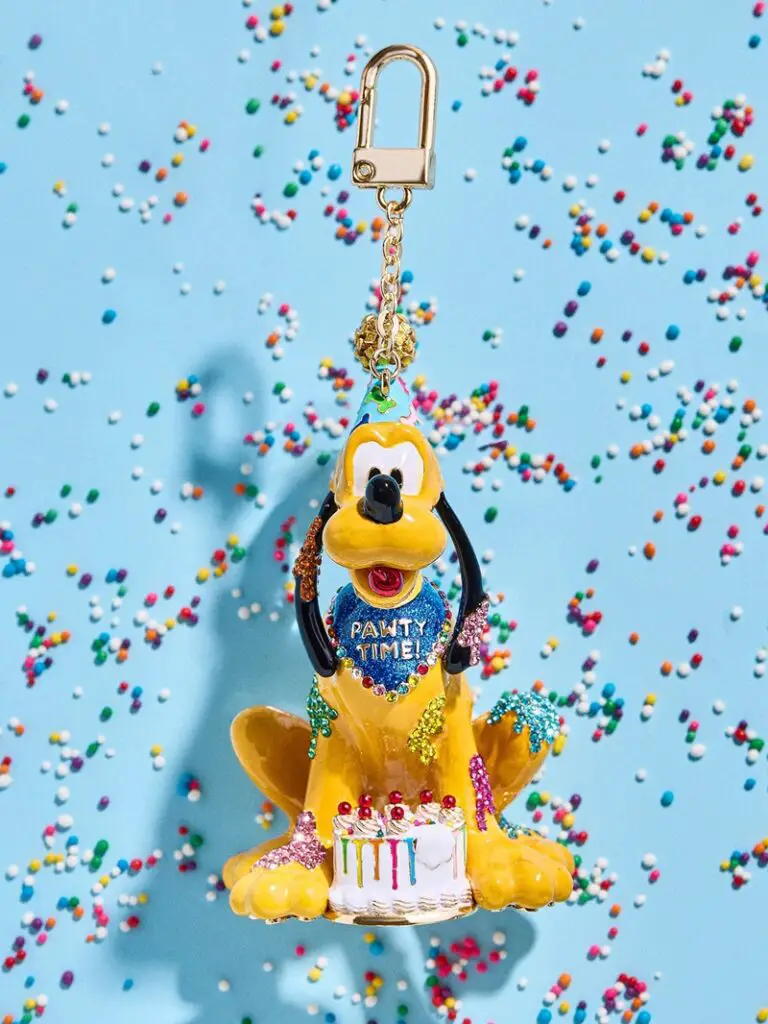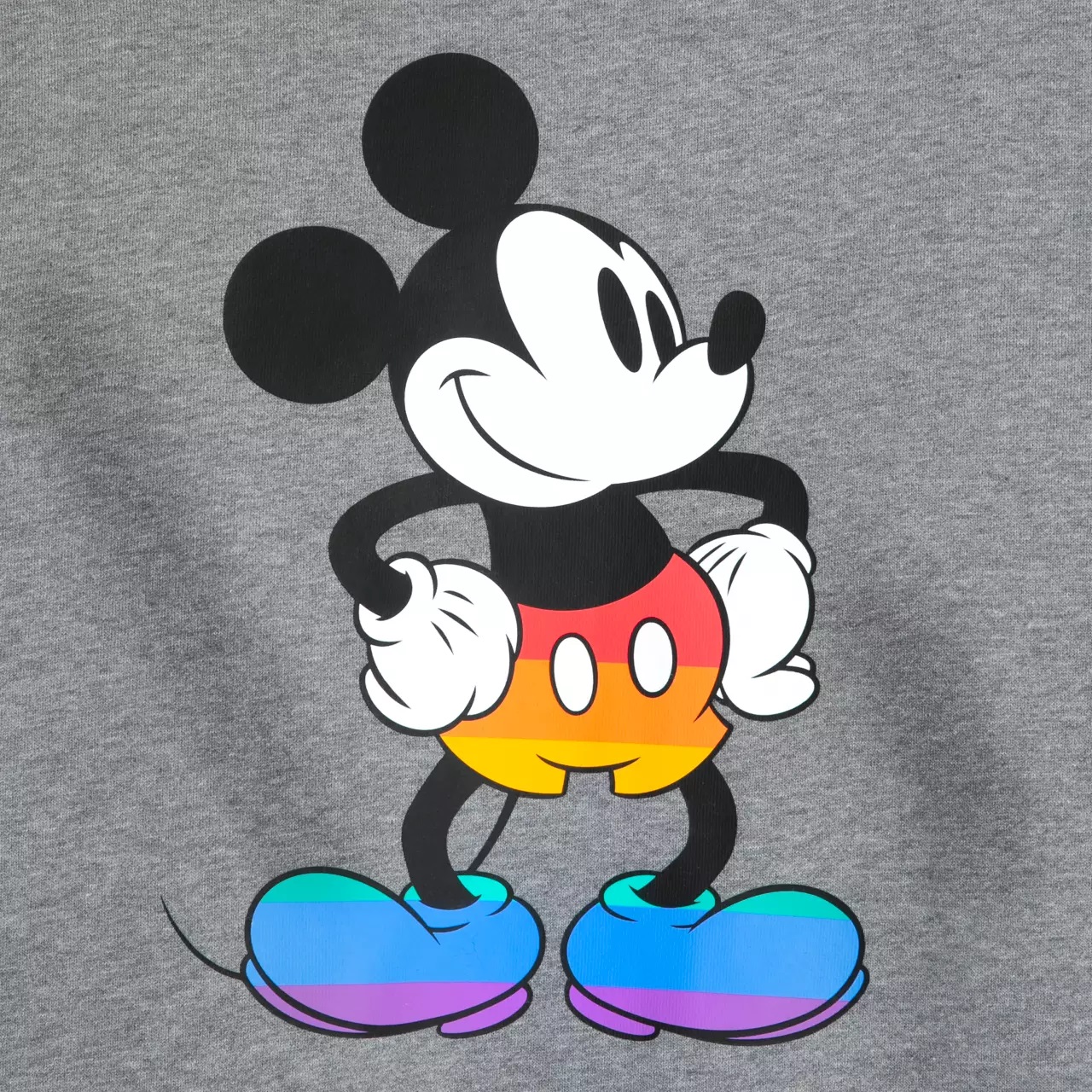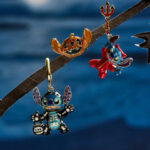Today, September 5, 2024, we celebrate 94 Years of Disney’s Pluto! While Pluto’s first appearance was as an unnamed bloodhound in a Mickey Mouse cartoon, that dog character eventually evolved into the Disney character that we all know and love today.
Pluto’s Origins and Evolution
Pluto’s journey began as an unnamed bloodhound in the 1930’s Mickey Mouse cartoon The Chain Gang. That cartoon short was released on September 5, 1930 which marks Pluto’s first appearance to the public on the big screen.
In The Chain Gang, Pluto’s role was minor, acting as a chasing bloodhound after Mickey. The Picnic (1930) saw him named Rover, Minnie’s dog, but this was just a brief stop on his way to becoming Mickey Mouse’s best pal.
By The Moose Hunt in 1931, Pluto found his place as Mickey’s loyal companion. This Disney short secured Pluto’s name and a permanent spot in Mickey’s world. From then on, Pluto embodied Mickey’s loyal and sometimes bumbling sidekick.
Playful Pluto (1934) was vital in shaping his personality. The flypaper sequence, where Pluto struggles to free himself, established him as the first animated character to show thought processes, not just actions. This detail made his personality feel more real and relatable.
During the late 1930s, Pluto began to star in his own cartoons, showing his growing popularity. Pluto’s Quin-puplets (1937) was his debut solo film, portraying him as a family dog with five mischievous pups. He even headlined his own Silly Symphony, Mother Pluto (1936).
The 1940s marked a period where Pluto’s character continued to evolve. He starred in films like Lend a Paw (1941), where he grappled with jealousy and redemption, earning an Academy Award for Best Cartoon. During World War II, Pluto donned service uniforms in shorts like Private Pluto (1943), adding depth and relevance to his character.
By the 1950s, Pluto’s appearances in shorts like Pluto’s Party (1952) and The Simple Things (1953) showed his continued charm and appeal. While Mickey Mouse was the headliner, Pluto often stole the show with his antics and expressive non-verbal communication.
Walt Disney along with animator Norm Ferguson, created a character that broke away from the rigid cartoon norms, showing true roundness and depth. He was among the first to break the “rubber hose and circle” style, giving him a more realistic appearance. This effort was crucial in helping audiences connect with him, feeling his emotions and struggles through his animated expressions alone.
Pluto’s transition from Rover to a character with depth and personality demonstrated the evolution of animation and storytelling at Disney. Each short film built upon his character, making him an integral part of Mickey’s life and the larger Disney story.
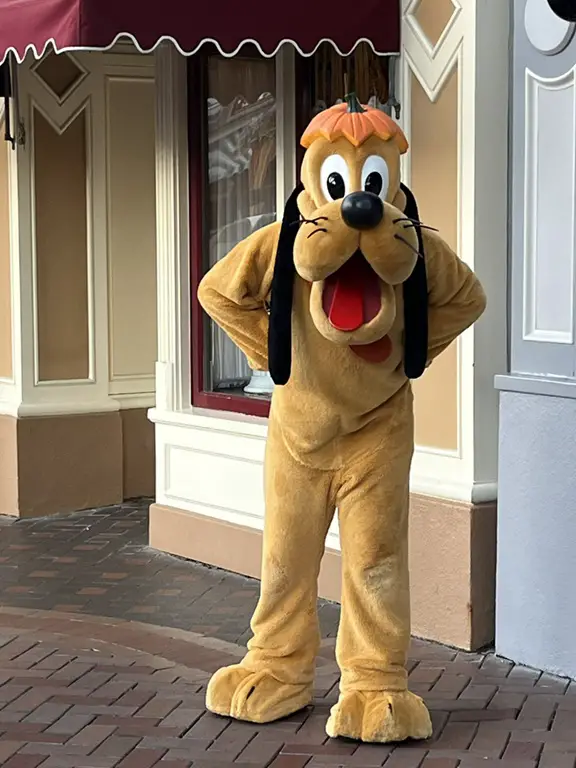
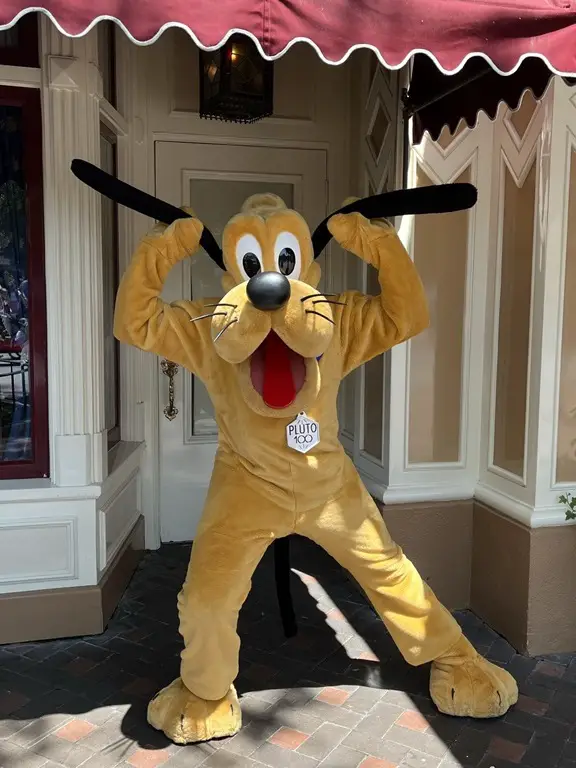
Pluto’s Signature Traits
From the beginning, Pluto was distinct in the Disney universe for not being anthropomorphic, unlike other characters who spoke and stood upright. Pluto’s unique way of communication through barks, gestures, and his expressive face set him apart, adding to his charm and relatability.
Expressive Face
Pluto’s expressive face is one of his most defining traits. Through careful animation, his emotions are conveyed brilliantly, whether he’s elated, confused, or feeling guilty. His wide, innocent eyes, drooping ears, and animated body language speak volumes, allowing audiences to feel and relate to his experiences without a single word uttered.
Unwavering Loyalty
Loyalty is at the heart of Pluto’s personality. As Mickey’s faithful dog, his loyalty is unwavering. Whether he’s sticking by Mickey’s side through perilous adventures or simply waiting patiently for his return, Pluto’s devotion is evident in every storyline. His bond with Mickey is one of pure, mutual affection, showcasing a deep connection that’s relatable to all pet owners.
Keen Sense of Smell
Pluto’s strong sense of smell is another signature trait that often lands him in humorous situations. With his nose leading the way, he’s the quintessential dog detective, helping Mickey and friends track down lost items or uncover hidden treasures. His keen olfactory abilities highlight his importance within the storylines, often driving the plot forward and adding an element of spontaneity and fun.
Playful Rivalries
Despite his good-natured personality, Pluto’s interactions with other pets sometimes lead to comical rivalries, particularly with Minnie’s cat, Figaro. Their constant tussles and playful competition for Minnie’s attention create a dynamic that fans adore. These interactions add layers to Pluto’s character, revealing his more stubborn and competitive side while still maintaining his innate innocence.
Another example of Pluto’s playful rivalry is Pluto’s Christmas Tree (1952). This timeless classic showcases Pluto’s playful side and his endearing rivalry with Chip and Dale. As he tries to catch the chipmunks hiding in the Christmas tree, his expressions and physical comedy add a festive, lighthearted charm to the holiday spirit.
Master of Pantomime
Pluto’s pantomime skills allow his character to relay complex emotions and stories, emphasizing the craftsmanship of Disney animators. His non-verbal cues—like the way he cocks his head, wags his tail, or engages in exaggerated reactions—enhance his storytelling capabilities, making each scene he’s in more vibrant and engaging.
The Impact of Disney’s Pluto in Animation
Pluto’s influence on animation industry standards has been significant. In an era when animated characters were largely caricatures with simplistic actions, Pluto’s introduction widened the horizon for animated storytelling. His portrayal in Playful Pluto (1934), particularly the flypaper sequence, is frequently cited as a pivotal moment in animation history.
“This was the key to making a believable character—getting the character to think and puzzle out a situation. Pluto was ideal for this.” – Disney Legend Frank Thomas
The flypaper sequence, animated by Norm “Fergy” Ferguson, showed Pluto struggling to free himself from a sticky predicament. What made this scene revolutionary was how it visually conveyed Pluto’s thought process. Instead of merely reacting in a series of slapstick gags, Pluto took moments to pause, think, and strategize. Each action he took emboldened his character’s personality, making him relatable and believable without uttering a single word.
Disney animators skillfully used Pluto’s expressive traits to make audiences feel his emotions and witness his reasoning. This method set new standards for animated storytelling, illustrating that non-verbal cues could achieve deep emotional resonance.
Veteran animator Charles “Nick” Nichols emphasized the importance of keeping Pluto’s character consistent yet evolving. He stated, “We’ve generally kept Pluto all dog…. He doesn’t speak, except for a breathy ‘Yeah! Yeah!’ and a panting, raspy kind of laugh.” This dedication to maintaining Pluto’s essence while exploring his emotional depth helped spearhead a new era of animated characters who could convey complex emotions and thoughts through nuanced body language and facial expressions.
Modern animators often look back to Pluto’s flypaper sequence as a template for capturing authentic emotion and personality in their projects. The seamless blending of thought and action seen in the works of other animation studios can be traced back to Pluto’s foundational influence. His pioneering role emphasized that characters, even if they don’t speak, can profoundly touch audiences if their inner worlds are convincingly animated.
Pluto’s Legacy and Modern Appearances
Pluto’s legacy continues through his ongoing presence in contemporary media, connecting generations of Disney fans. He made a notable cameo in the 1988 Disney hit film Who Framed Roger Rabbit, appearing among a group of iconic characters from various animation studios. This brief appearance reminded audiences of Pluto’s enduring status in animation history.
Pluto’s transition to television, particularly as a central figure in Mickey Mouse Clubhouse (2006), introduced him to computer-animated adventures. His role in episodes like “Pluto’s Best” and “Pluto’s Puppy-Sitting Adventure” highlighted his endearing traits—loyalty, humor, and lovable clumsiness. These elements made him relatable for children while teaching valuable lessons about friendship and problem-solving.
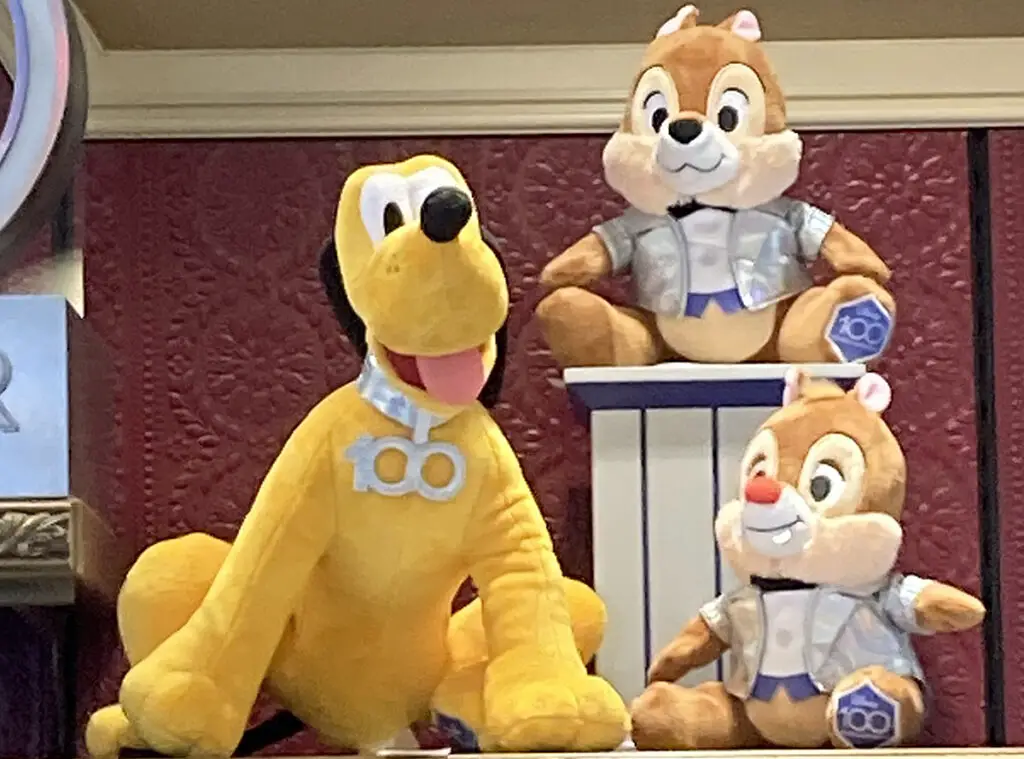
Beyond the screen, Pluto’s popularity extends to merchandise and theme park experiences. From plush toys and clothing to school supplies, his image continues to charm fans of all ages. Disney theme park events like Pluto’s Pumpkin Pursuit at the Disneyland Resort offers interactive experiences, allowing guests to engage with Pluto’s character in new and exciting ways.
These new iterations maintain Pluto’s essence while appealing to contemporary audiences, showcasing his classic traits in modern storylines. And, his consistent presence across various platforms ensures that every generation can experience the joy and companionship he brings, solidifying his place as a cherished Disney icon.
Happy 94th Birthday, Pluto!
Pluto Celebration Bag Charm
In honor of Pluto’s 94th Birthday, BaubleBar has released a Disney’s Pluto Celebration Bag Charm. Pluto is all dressed up in a celebration hat and bandana along with his delicious birthday cake. The bag charm is $78.00 and is available on BaubleBar’s website while supplies last.
More Disney News
To read the latest Disney news, check out these recent blog posts:
- Disney Lilo & Stitch Now Available on Digital
- A look at new Toy Story Open Edition Pins at Disney Parks
- The Magic of Disney Animation coming to Disney’s Hollywood Studios
- Avatar: Fire and Ash first trailer premieres this weekend
- Disney-Pixar UP A World of Adventure Pins at Pink a la Mode
- The Fantastic Four is coming soon to the Disneyland Resort
And as always, I’ll “see ya real soon” Mouseketeers!
*Prices listed on Baublebar.com at the time of publication of this blog post.
**As an Baublebar Affiliate, I earn a small percentage from qualifying purchases made on Baublebar.com when you use my affiliate links. By using my affiliate links, you can help support my website and YouTube channel so that I can continue to bring you up-to-date Disney news and information.
